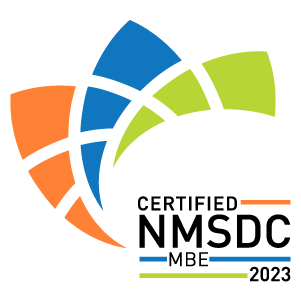Does your company struggle to retain employees, leading to constant hiring cycles? If so, your operation is losing out on valuable skills and tribal knowledge – and it’s also costing you money! According to Gallup studies, replacing a lost employee can cost anywhere between 50% to 200% of that employee’s salary. Proactive employee retention policies are almost always cheaper than rehiring.
MyMobileLyfe specializes in recruitment marketing services that enable long-lasting employee relationships. We know how to find – and keep – the best workers!
Offer more internal advancement opportunities.
63% of workers leave their job because they feel they cannot advance their careers, and look to other businesses to move up the career ladder. In particular, refusing to promote an employee who’s “too good” at their current job is likely to drive them away.
Boost managers’ empathy and listening skills.
“Bad bosses” are a perennial issue leading to resignations. This can typically be fixed simply by encouraging managers to help workers feel listened-to and valued in the workplace.
Offer flexible hours and/or WFH.
According to Forbes, 98% of office workers would prefer to work from home at least partially – and 57% would consider quitting if WFH isn’t an option. Modern telecommunications make WFH a workable option for most sit-down office jobs.
Encourage feedback with clear communication channels.
In our experience, employees want to help improve their workplace, but often lack clear channels for offering constructive feedback and “on the ground” suggestions for improvement. Let your employees contribute, and everybody wins.
Shut down office toxicity.
Today’s workers have very little tolerance for toxicity in the workplace, with over 50% citing poor office culture as a reason for quitting. Take harassment complaints seriously, and make it clear your workers should feel safe at work.
Have clear and fairly-enforced rules.
Few issues will tank internal morale faster than unclear or unevenly enforced rules. If workers get the feeling there’s a “two tier” enforcement system, those on the lower tier will look for other employers who will give them fair treatment.
Implement better family policies.
In a Pew study, 48% of employees mentioned family/child-care problems as a reason for switching jobs. Help support your workers with families, and offer options that allow them to achieve a stable work/life balance which doesn’t require neglecting their family.
Choose a recruitment marketing partner.
Long-term employees begin as great new hires! MyMobileLyfe recruitment marketing strategies can find, attract, and engage prime talent before they even apply, granting you access to the best workers available. Contact us to learn more.














Recent Comments